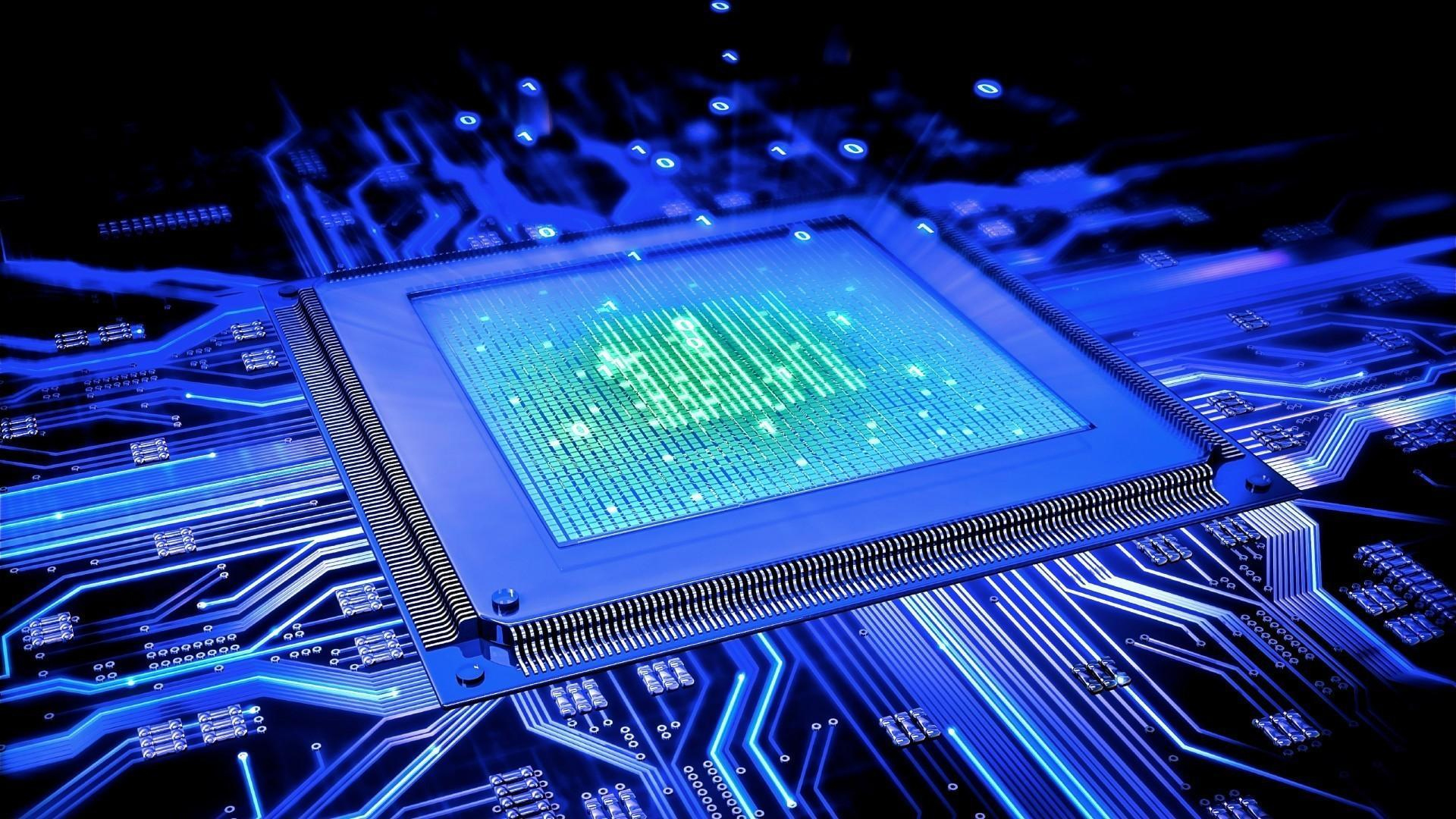
Last month, Gartner published its already traditional press release with the main technology trends 2016 that will set the industry’s course until 2020. The Internet is littered with articles that deal with these trends, but most of them merely mention a series of technical terms, lapse into abstraction and do not manage to convey the importance these technological breakthroughs might have in the short term for the daily life of the man in the street, ignorant about the subject. While mentioning these trends and their related technical terms, I believe it is vital to translate them into practical examples we can all understand. Here goes my attempt:
- Device mesh: “I have a house in the mountains. I go there every weekend. During the winter, to avoid being cold until the heating produces its effects and heats the house, I program the boiler from my smart watch so that it starts working before I get there. Besides, as it’s also connected with my car’s GPS, it knows exactly where I am, estimates the time remaining until my arrival and starts working at the right moment in order not to waste energy”. In the short term, the degree of interaction across the mesh’s devices will increase up to unprecedented limits.
- Ambient user experience: “On my way to the mountains, I usually stop by a supermarket that already knows my profile and preferences from my previous purchases, so as soon as I step inside, I receive online messages with its special offers. I love going there because I feel well cared for”. It is about making the user experience go beyond the device, moment and place where it occurs, and combine offline and online environments to adapt to the customer’s specific situation and increase their loyalty.
- 3D-printing materials: “As I spend little time in my house in the mountains, the grass grows too much and I have to mow the lawn frequently. A lawnmower piece got broken recently. It was difficult to find but thanks to my 3D printer I could produce it and replace it easily.” A whole new world of 3D printing possibilities opens up and will reach industries that were unthinkable until recently like the automotive, aerospace or healthcare sectors. Major advances will be achieved in the materials used: new nickel alloys, carbon fiber and glass, just to mention some of them.
- Information of Everything: “My boiler, my car, my lawnmower, my electrical appliances… send information to my private cloud and I frequently have to increase its capacity. As this is expensive, I need to select the adequate information and maximize it, so I’ve decided to save only the data related to the days I spend in that house.” The amount of information generated by all devices begins to become endless. Therefore, in the business field, the challenge consists of choosing the information that can provide a strategic advantage and maximizing it through algorithms.
- Advanced machine learning: “A robo-dog guards my house in the mountains. Its name’s Bobby. It recognizes me and doesn’t bark thanks to a proximity sensor embedded into my mobile phone. It learns fast and I’m training it so that it brings me the newspaper only when it doesn’t rain.” Machines not only understand their environment, but are also capable of learning. This allows, for instance, improving the effectiveness of medical treatments through advanced analytics of medical data bases.
- Autonomous agents and things: “Bobby, apart from barking, has a virtual assistant installed that looks after the house when I’m out. It turns off the lights if I’m absentminded and suggests plans to me.” No more browsing menus with the mouse. Soon we will talk to sophisticated Siris and Cortanas.
- Adaptive security architecture: “Besides the traditional alarm system, I’m worried about all Bobby knows about me, so I’ve contracted a computer security service to detect, prevent and respond to computer threats and potential cyberattacks”. Digital environments are more and more complex and handle a huge amount of sensitive information. This, combined with the increase in the number of cyberattacks, exponentially multiplies security risks and requires adapting to new situations.
- Advanced system architecture: “Bobby not only has to adapt to each situation, but also has to respond quickly and efficiently”. The development of neuromorphic architectures and new processing capabilities similar to those of the human brain will considerably speed up the response.
- Mesh app and service architecture: “Last weekend something weird happened. When I arrived at the door, Bobby barked at me. Then I realized that I had forgotten my mobile phone at home in the city. Thank God my wife had brought her iPad with her and, as Bobby is multi-platform, we could re-program it so that it could recognize us.” The ubiquitous digital mesh requires dynamic and flexible architectures that combine different sources of information, devices, applications and services in order to provide the comprehensive and seamless digital experience users demand.
- Internet of Things platforms: Our imaginary character has many “things” connected to the Internet: his mobile phone, his smart watch, his iPad, his car, his boiler, his electrical appliances, Bobby…It is important that all of them be multi-platform and have an adaptable architecture that allows synchronizing and updating them so that they have the same information at the same time, without lags.
The document software industry will also row in the same direction and drive technology innovation in 2016. This will be reflected both in the hardware as well as in the peripherals involved in the document management process (printers, photocopiers, etc.) so that they become increasingly efficient and eco-friendly. Technology advances will also be made in the field of Document Output Management that will seek to optimize document management processes and resources by saving toner and streamlining working processes.
Sources:
http://www.gartner.com/smarterwithgartner/top-ten-technology-trends-signal-the-digital-mesh/
André Klein
Freelance Consultant for DocPath
